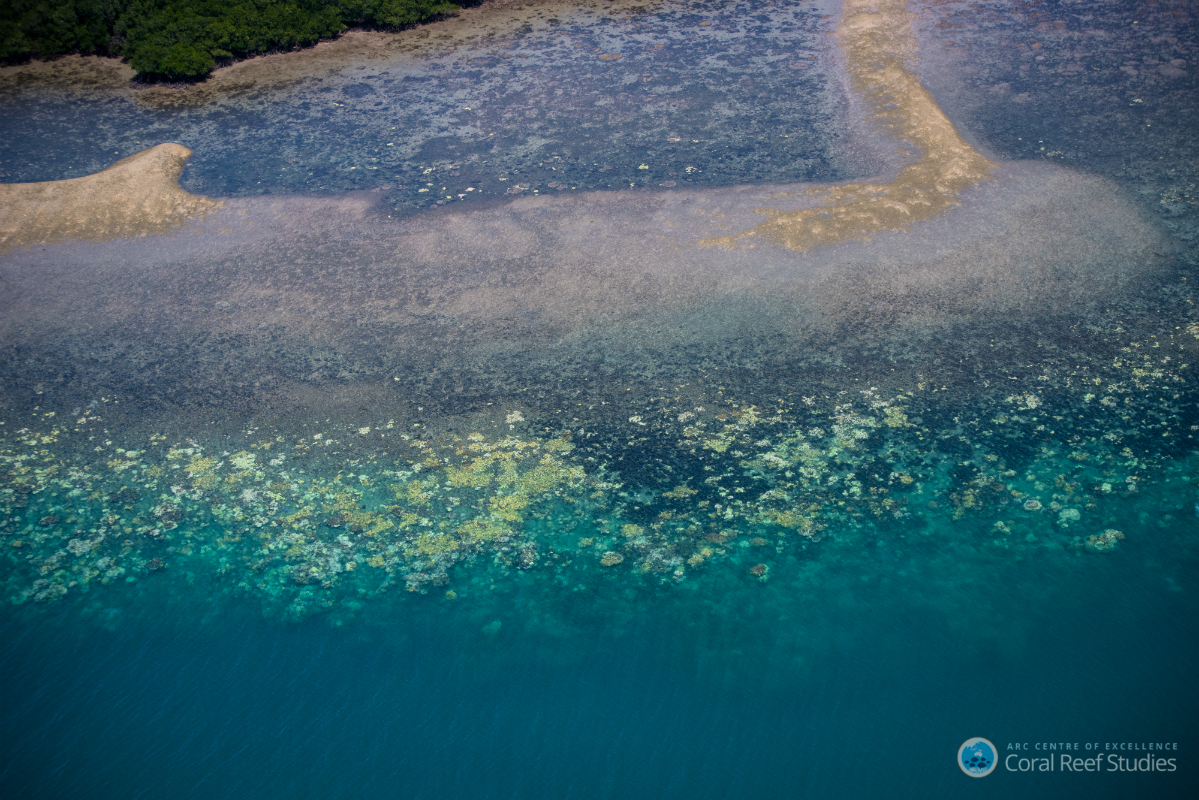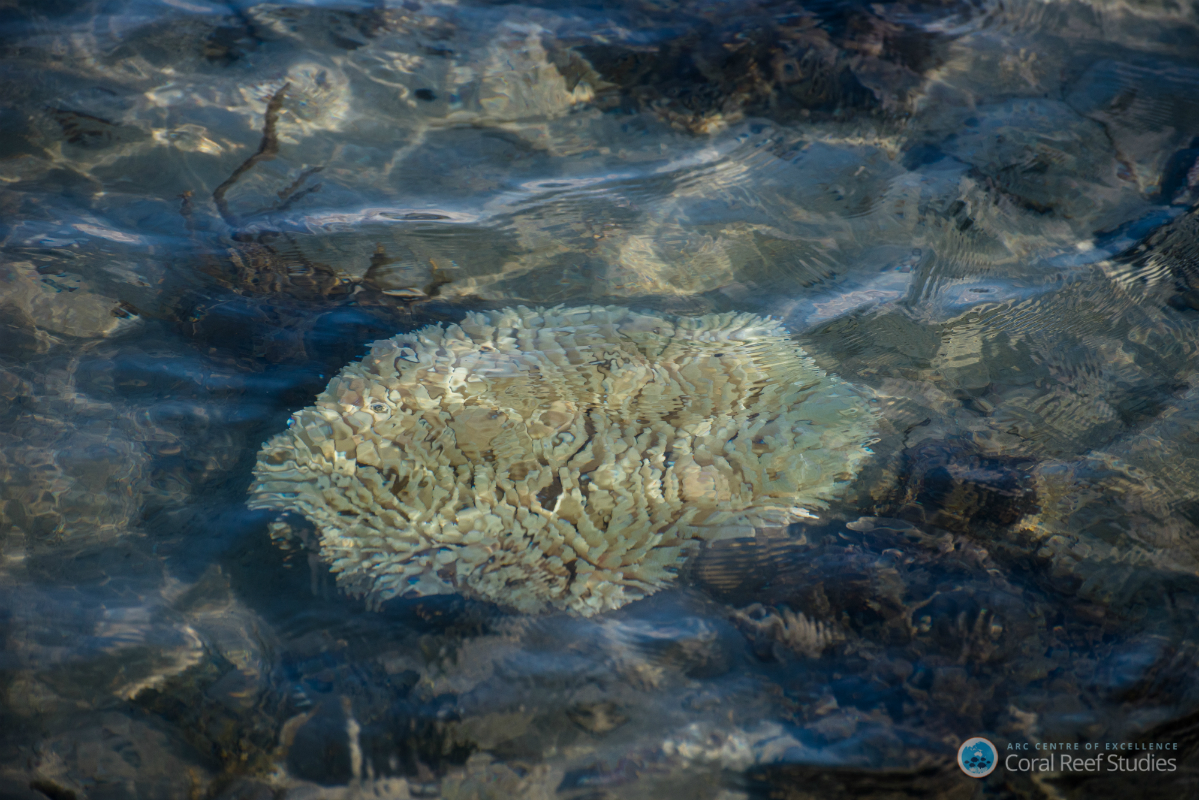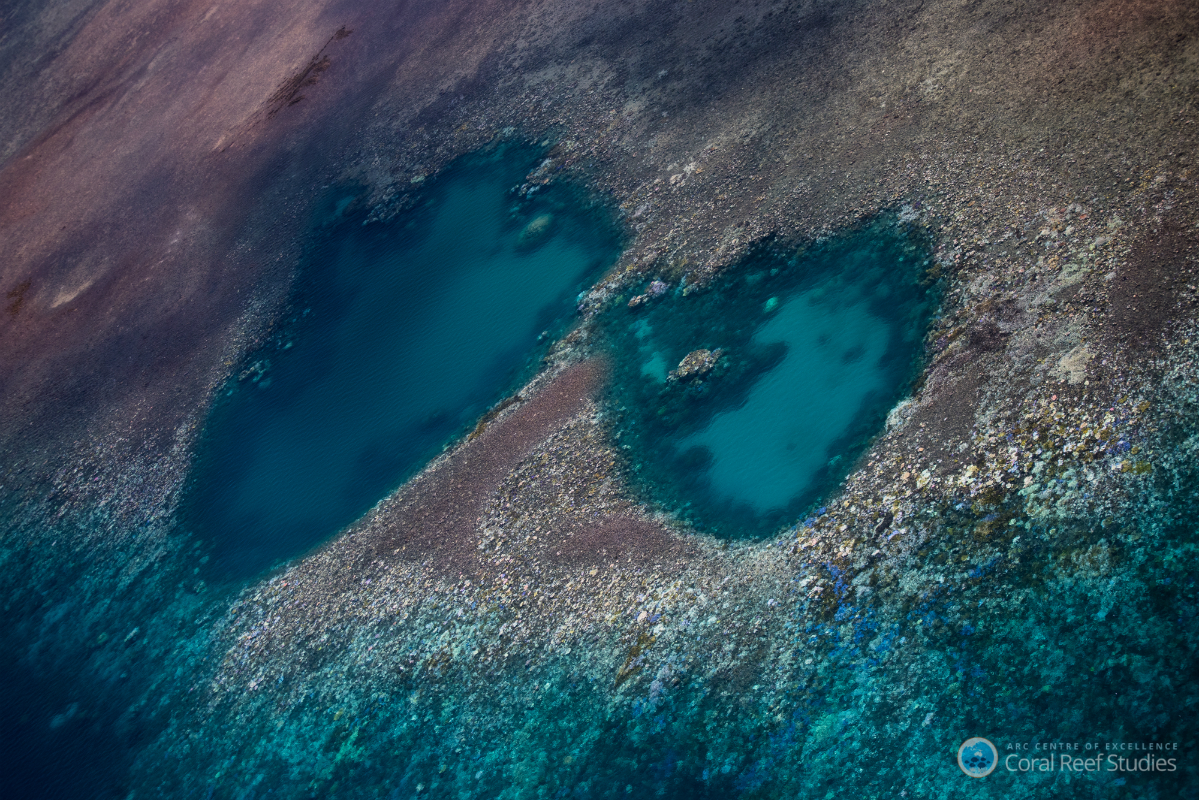Great Barrier Reef Coral Bleaching is 'Worst in its History'

Australia's Great Barrier Reef corals are in trouble.
The northern part of the world's largest coral reef ecosystem is experiencing "the worst mass bleaching event in its history," according to a statement released Tuesday (March 29) by the Australian Research Council.
Documented by the National Coral Bleaching Taskforce (NCBT) in aerial surveys, observations of more than 500 coral reefs spanning 2,485 miles (4,000 kilometers) showed that the majority of reefs were undergoing extensive and severe bleaching.
"Almost without exception, every reef we flew across showed consistently high levels of bleaching, from the reef slope right up onto the top of the reef," said Terry Hughes of the NCBT, calling the surveys "the saddest research trip of my life." [Worst Coral Reef Bleaching on Record for the Great Barrier Reef | Aerial Video]
Bleaching happens when corals are exposed to stresses such as warmer-than-average waters for prolonged periods of time. The corals respond to the stress by expelling the algae that provide them with their color, which makes the corals look like they've been bleached white. Bleaching can be fatal for corals if the stress is too intense, or if it continues for too long and the algae are unable to recolonize them.
Ecosystem at risk
Australia's Great Barrier Reef (GBR) covers 134,364 square miles (348,000 square kilometers), making it larger than the U.K., Switzerland and the Netherlands combined, according to the Great Barrier Reef Marine Park Authority. Recognized as a World Heritage Area in 1981, the reef contains 400 types of coral and hosts 1,500 types of fish and 4,000 mollusk species, as well as other marine life such as large green turtles and dugongs ("sea cows").
Get the world’s most fascinating discoveries delivered straight to your inbox.
The GBR experienced bleaching events in 1998 and in 2002, but the current mass bleaching is much more severe, experts are saying. Rebecca Albright, a marine biologist with the Carnegie Institution for Science in Washington, D.C., has studied the GBR since 2011. Albright told Live Science that 95 percent of the GBR's northern reefs are currently showing signs of extreme bleaching, compared with 18 percent that experienced bleaching in 2002.
Even the more robust corals are affected, Albright said, another sign that this event is particularly serious. She cautioned that it's still too early to assess the long-term impacts of bleaching on the corals, though estimates of coral mortality anticipate losses of about 50 percent.
Two factors are responsible for stressing the corals, Albright said: climate change, which is driving ocean temperatures upward, and a strong El Niño — a cyclical climate event associated with warmer-than-average sea surface temperatures in the tropical Pacific. And with El Niño conditions expected to extend through 2016, that doesn't bode well for the corals' recovery.
"Corals are sensitive to not only the anomaly in temperature — how high it goes — but also the duration of that exposure," Albright told Live Science. "This kind of perfect storm of all these factors coming together makes this a catastrophic scenario right now." [Images: Colorful Corals of the Deep Barrier Reef]
A global event
But what's happening to the GBR is only part of the picture. A global bleaching event prolonged by El Niño is currently underway — "the longest coral die-off on record," according to a statement released by the National Oceanic and Atmospheric Administration (NOAA) on Feb. 23.
Mark Eakin, coordinator of the NOAA Coral Reef Watch program, told Live Science that the event, which began in 2014 in the Pacific, could linger through 2017.
"We consider it a global bleaching event if it's widespread in all three of the major ocean basins — Indian, Atlantic and Pacific," he said. Eakin described current reports of bleaching that extend over half of the Southern Hemisphere, with severe bleaching in New Caledonia, Fiji and southern Indonesia, as well as in the GBR.
Even fast-growing corals take decades to develop, so damaged reefs will need time before they're restored to their former level of health, Eakin said.
And recovery time may be in short supply. Global bleaching events have been expanding their reach and increasing in severity since the first event was documented in 1998, Eakin told Live Science.
"We’re seeing prolonged high temperatures that cause bleaching coming back repeatedly. We're seeing areas that have seen high temperatures for two to three years in a row. There's no time for corals to recover," he said.
The 1998 global bleaching event was associated with a strong El Niño — the strongest on record — but as ocean temperatures rise, even a mild El Niño can trigger a devastating effect on the world's corals. And the global bleaching event that's underway right now began in 2014, before the current El Niño was active, Eakin said.
For the GBR, in spite of the extreme bleaching there may yet be some hope for its recovery. The upper part of the reef that sustained the most damage was in very good shape beforehand, which should improve its prospects for "bouncing back," according to Albright.
"And the lower two-thirds of the GBR is still in very good shape — not a lot of bleaching in those areas. So a lot of people are holding on to that as another piece of hope," Albright said.
"It’s really just a matter of whether or not we get another bleaching event in the next 10 years that would impede recovery," she added.
Follow Mindy Weisberger on Twitter and Google+. Follow us @livescience, Facebook & Google+. Original article on Live Science.

Mindy Weisberger is a science journalist and author of "Rise of the Zombie Bugs: The Surprising Science of Parasitic Mind-Control" (Hopkins Press). She formerly edited for Scholastic and was a channel editor and senior writer for Live Science. She has reported on general science, covering climate change, paleontology, biology and space. Mindy studied film at Columbia University; prior to LS, she produced, wrote and directed media for the American Museum of Natural History in NYC. Her videos about dinosaurs, astrophysics, biodiversity and evolution appear in museums and science centers worldwide, earning awards such as the CINE Golden Eagle and the Communicator Award of Excellence. Her writing has also appeared in Scientific American, The Washington Post, How It Works Magazine and CNN.




